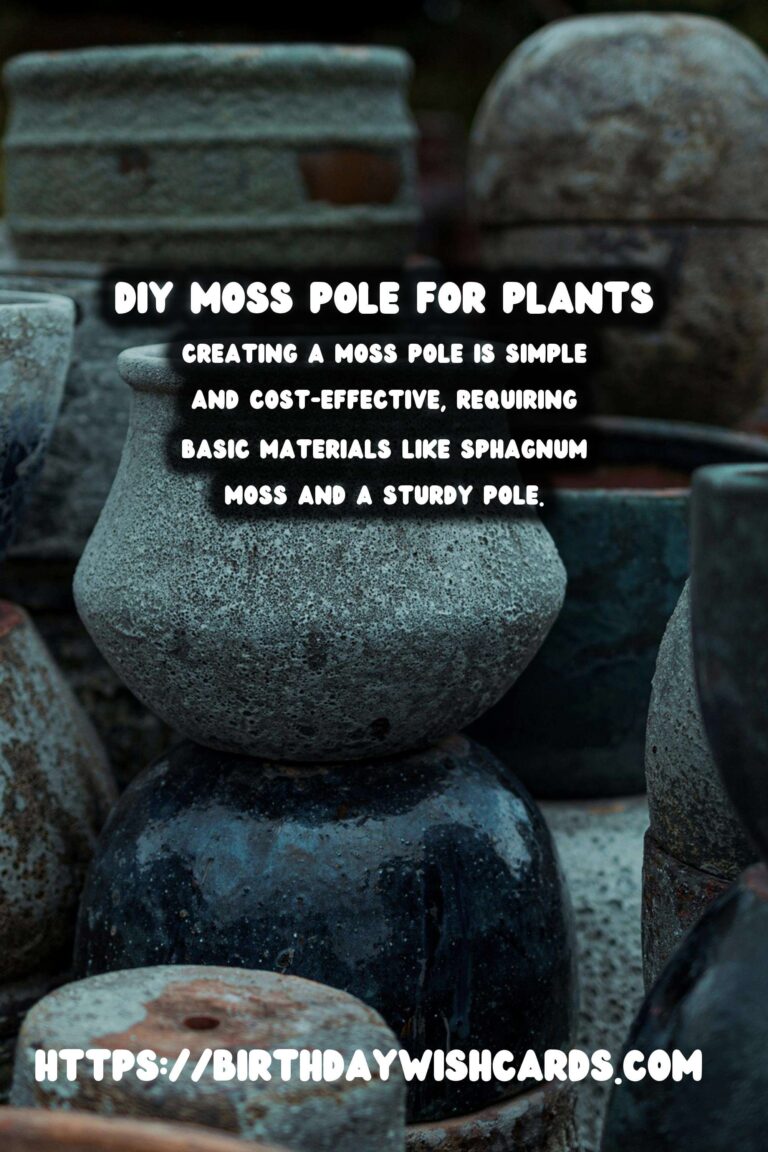
Moss poles are essential supports for climbing plants, helping them grow upwards while mimicking their natural habitat. If you’re a plant enthusiast, learning how to make a moss pole can benefit both your plants and your wallet. Let’s delve into the process of making an effective moss pole for your green friends.
What is a Moss Pole?
A moss pole, also known as a totem, is a vertical structure covered with sphagnum moss, designed to provide support and moisture to climbing plants. These poles allow plants to attach themselves naturally, promoting healthier growth and a more lush appearance.
Why Use a Moss Pole?
Using a moss pole can greatly enhance the growth of climbing plants such as Monstera, Philodendron, and Pothos. The moss retains moisture, which benefits the aerial roots of these plants. Additionally, a moss pole encourages plants to grow vertically, which can save space and create an aesthetically pleasing display.
Materials Needed
To create your own moss pole, you will need the following materials:
- Sphagnum moss
- A sturdy pole (such as a wooden dowel or PVC pipe)
- Twine or zip ties
- Scissors
- A container for soaking the moss
Step-by-Step Instructions
1. Soak the Moss
Start by soaking sphagnum moss in water for about 15-20 minutes. This makes it pliable and easier to attach to the pole.
2. Prepare the Pole
Select a sturdy pole that is appropriate for the size of your plant. A wooden dowel or a PVC pipe works well. Cut the pole to your desired length, considering the height of your plant and the pot it will be placed in.
3. Attach the Moss
Once the moss is soaked, take handfuls and wrap them around the pole. Secure the moss in place with twine or zip ties, making sure it’s tightly bound to the pole.
4. Insert the Pole
Push the finished moss pole into the soil of the plant’s pot, ensuring it’s stable. You may need to adjust the amount of soil to make room for the pole.
5. Train Your Plant
Gently guide the plant’s vines to the moss pole, securing them with soft plant ties if necessary. Over time, the plant will begin to attach itself to the moss pole naturally.
Maintenance Tips
To maintain your moss pole, regularly mist it to keep the moss moist. This helps the plant’s aerial roots absorb moisture and encourages continued growth. Additionally, check the stability of the pole periodically and adjust as needed.
Conclusion
Creating a moss pole is a simple yet effective way to support and nurture your climbing plants. By following these steps, you can craft a customized moss pole that helps your plants thrive and adds a touch of nature to your indoor space. Enjoy watching your climbing plants reach new heights with your homemade moss pole!
Moss poles provide essential support for climbing plants, mimicking their natural habitat. Using a moss pole can greatly enhance the growth of plants like Monstera and Philodendron. The moss retains moisture, benefiting the aerial roots of climbing plants. Creating a moss pole is simple and cost-effective, requiring basic materials like sphagnum moss and a sturdy pole. Regular maintenance, such as misting the moss, helps promote healthy plant growth. 
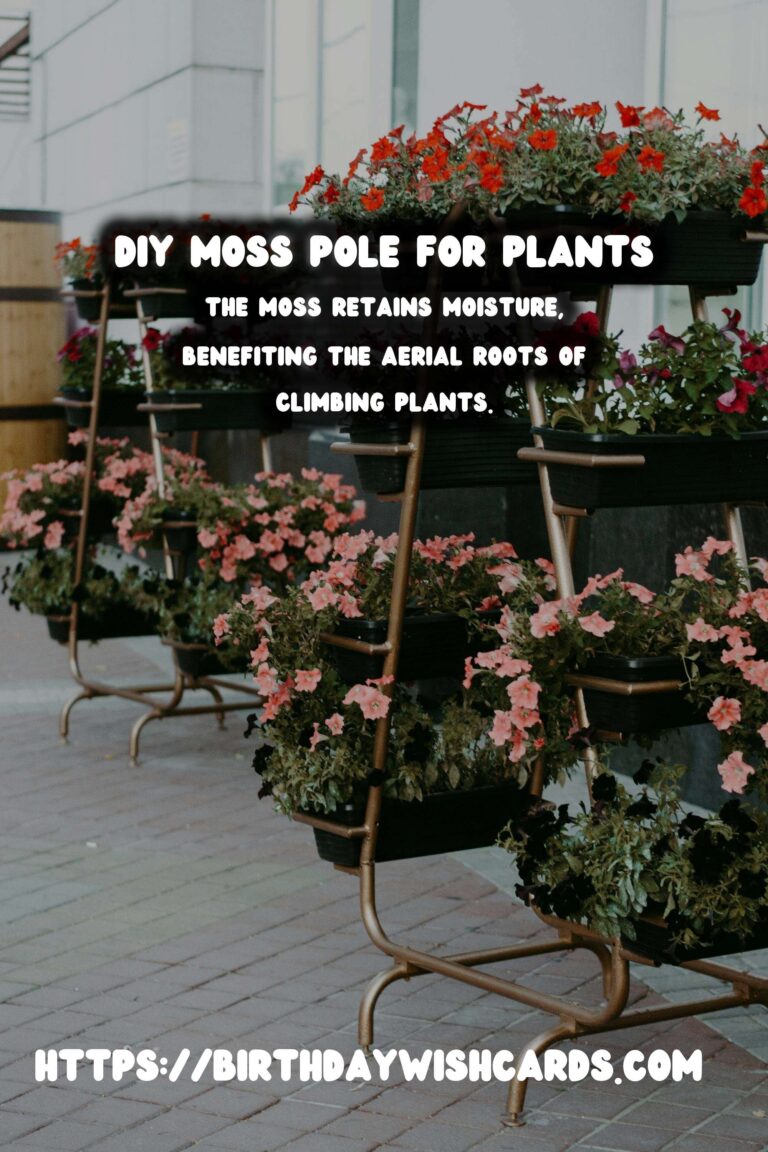
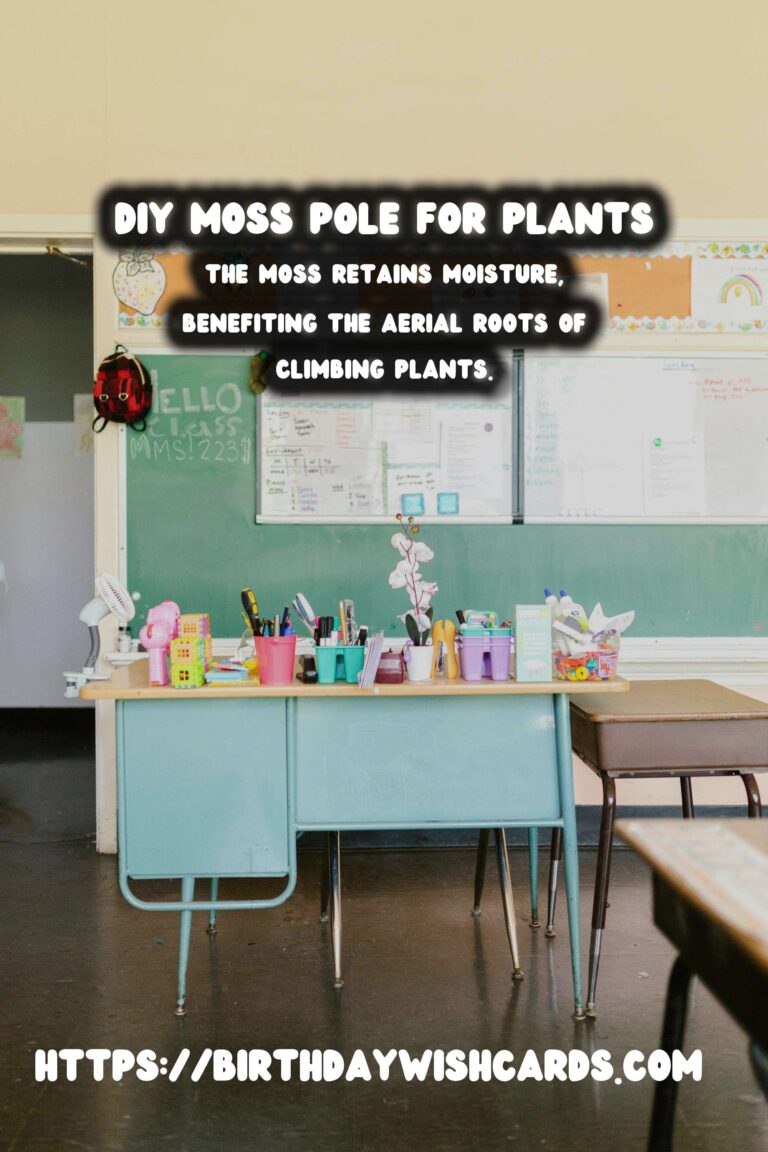
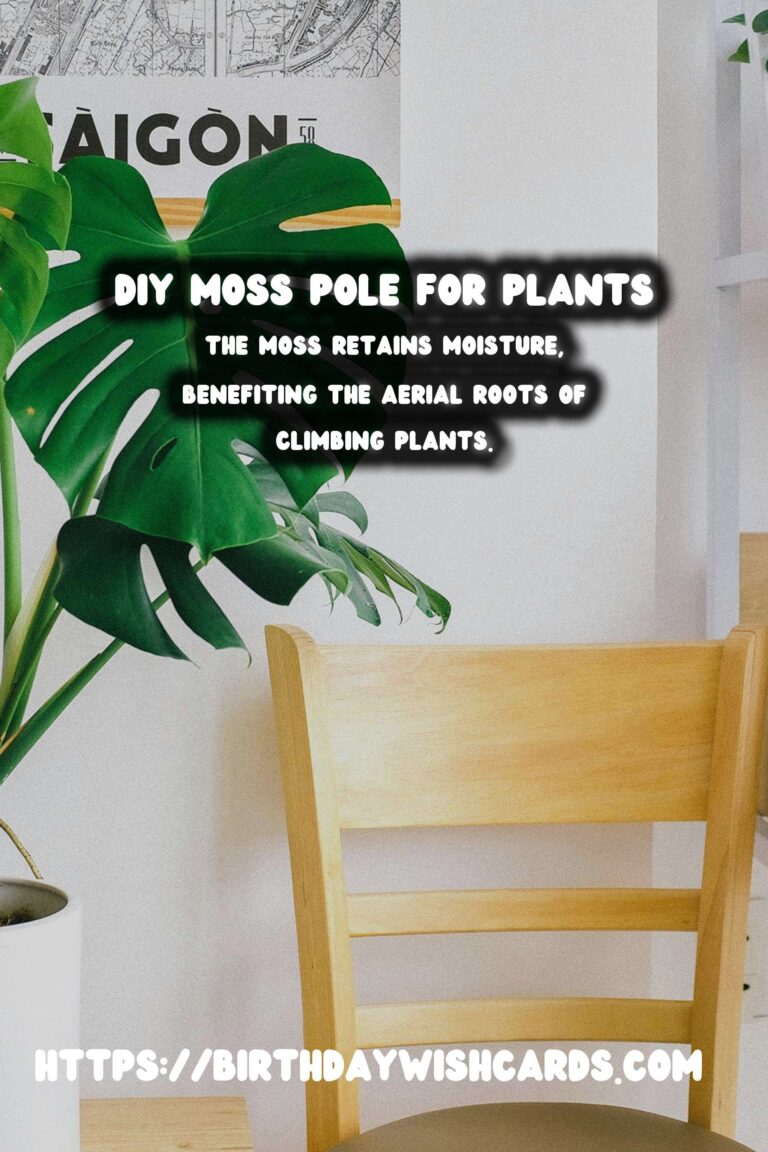
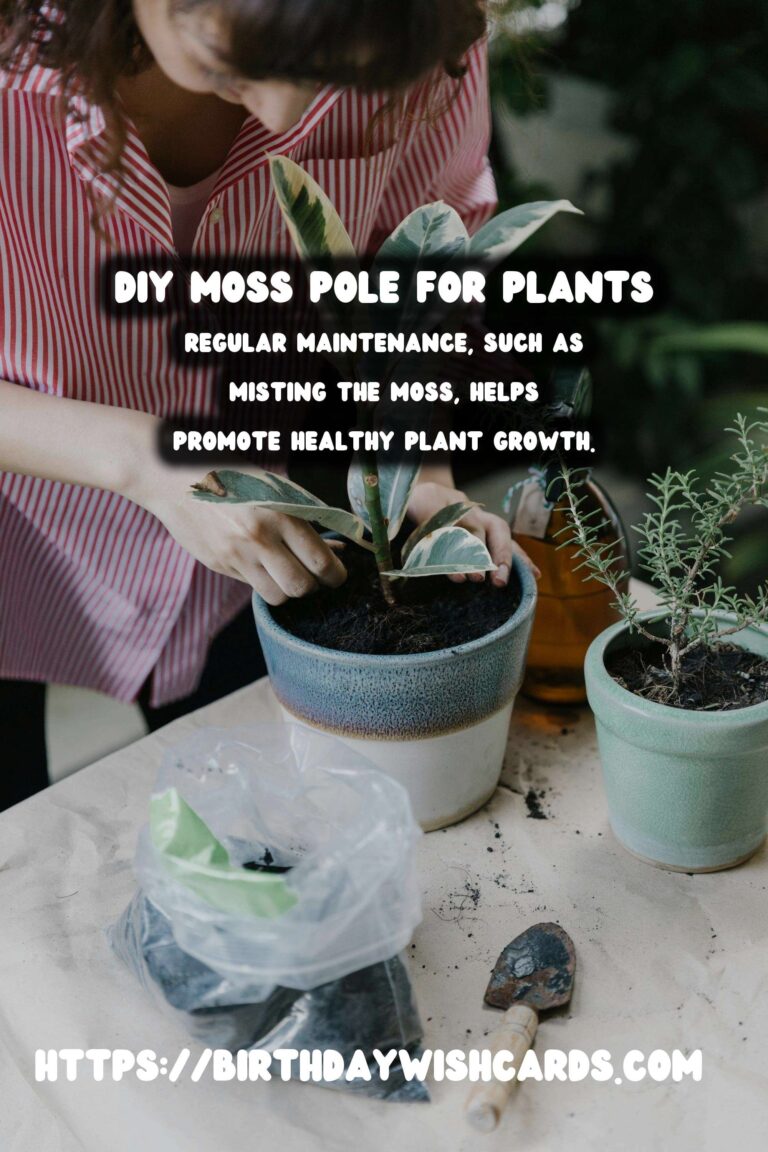
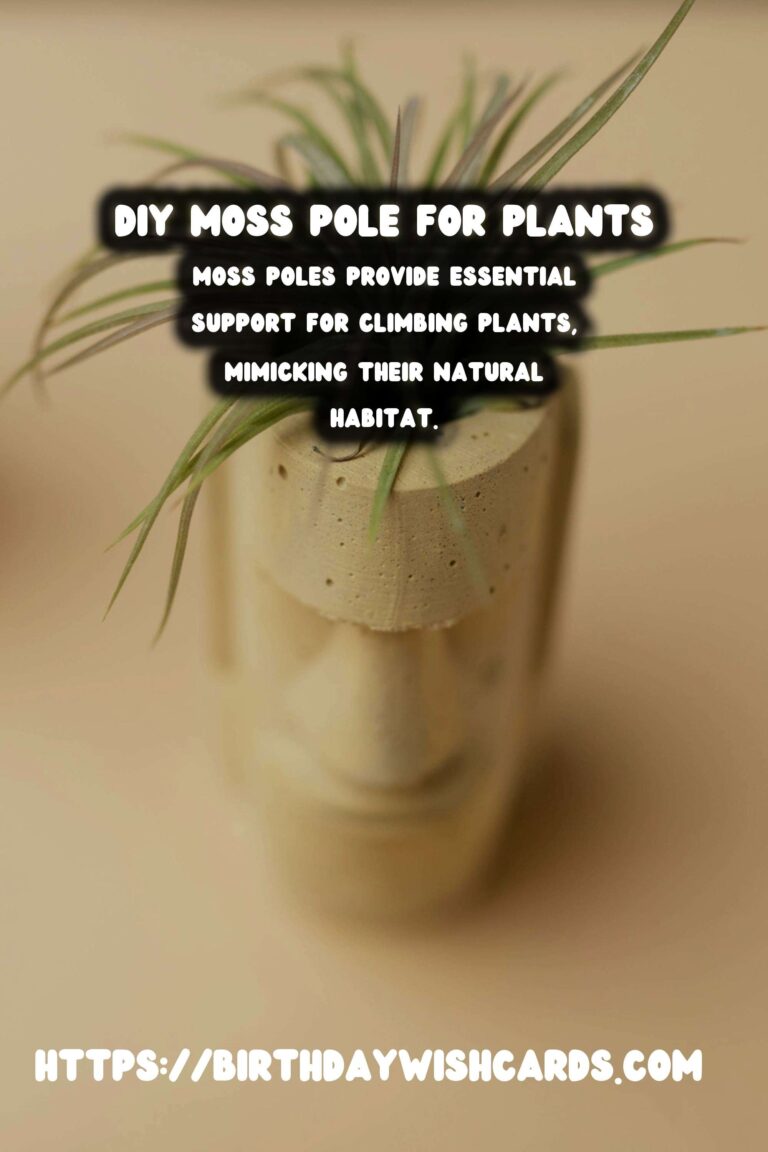


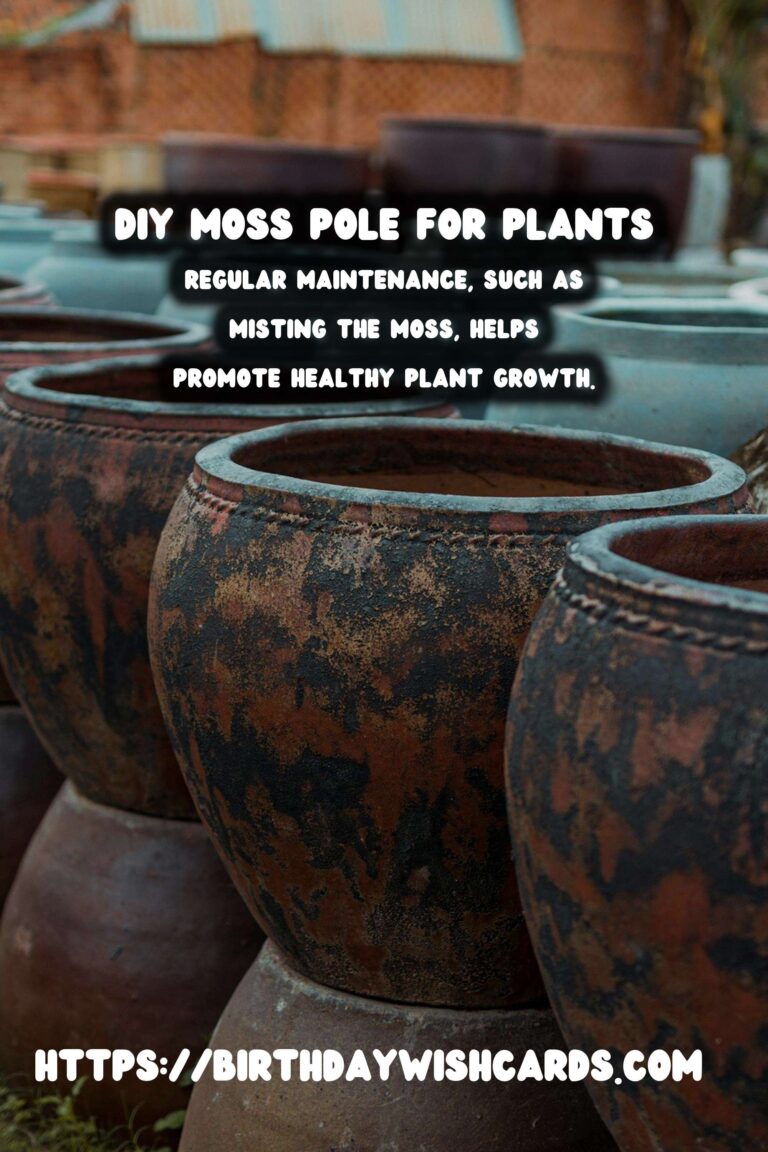
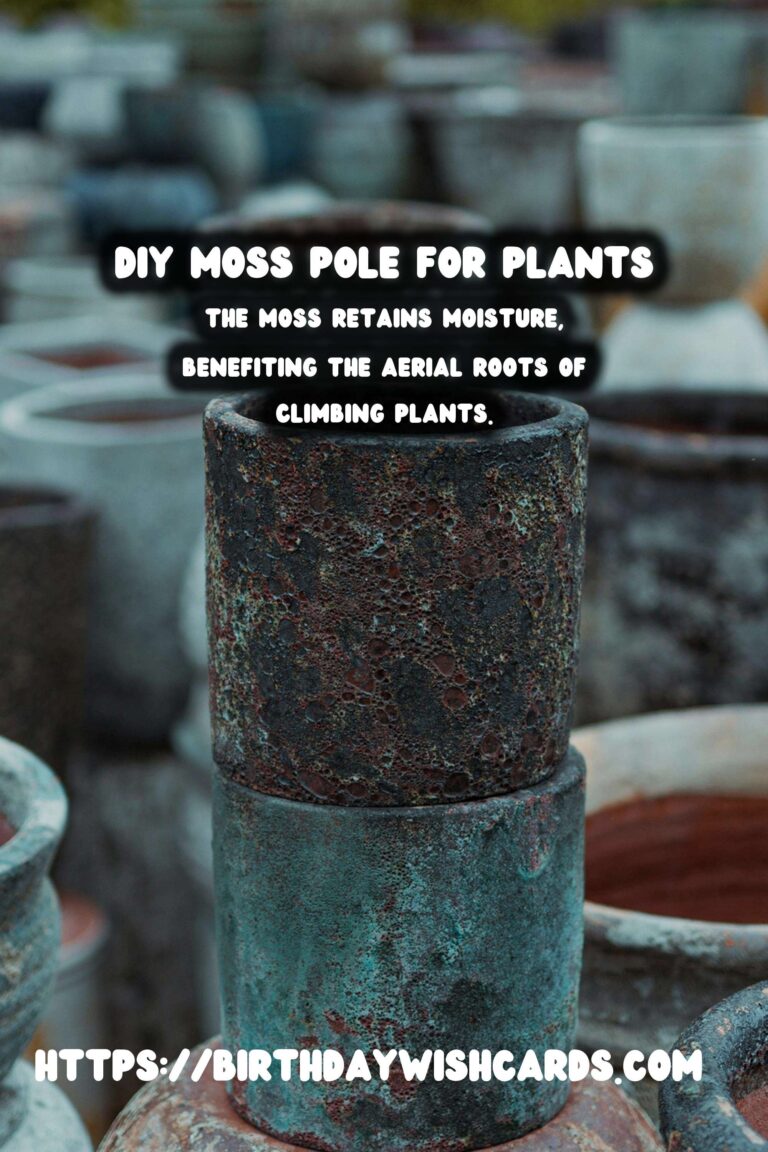
#MossPole #ClimbingPlants #PlantCare #IndoorGardening #DIYGardening




